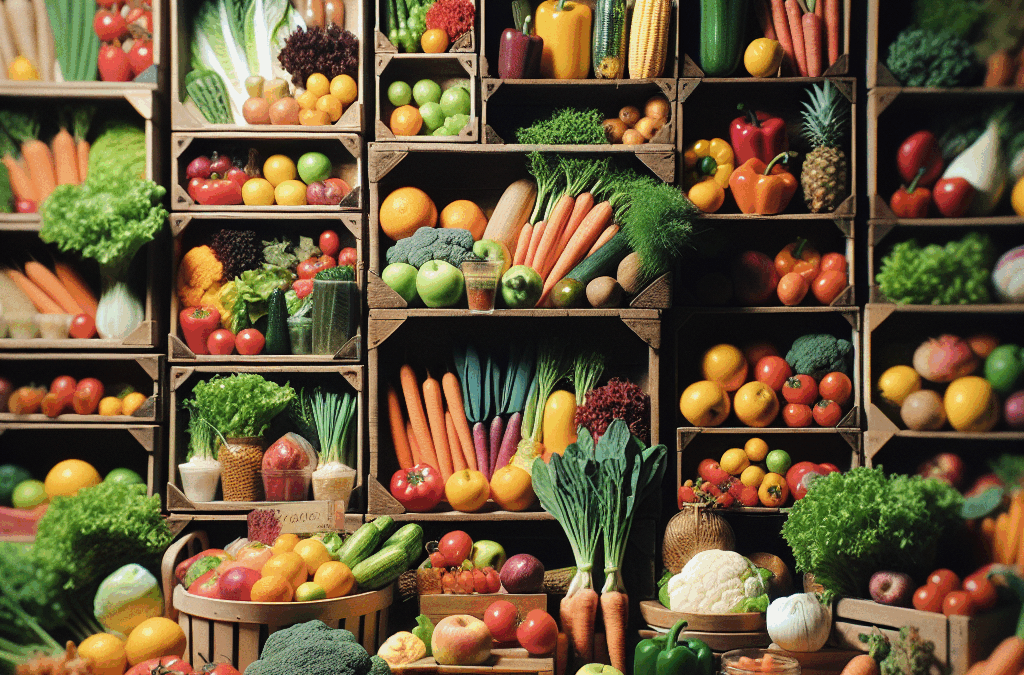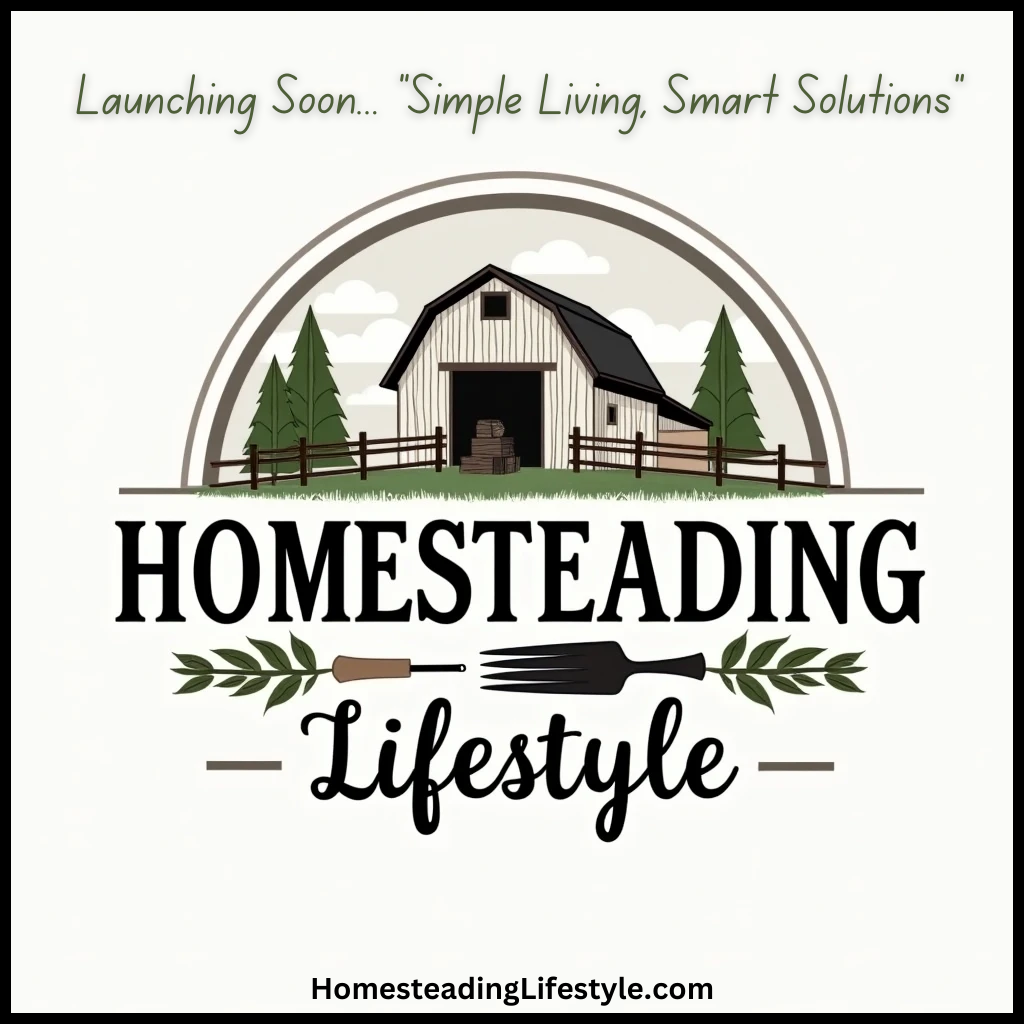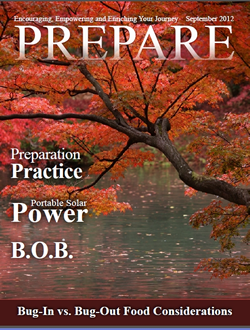Understanding the Importance of Fresh Produce
Why Fresh is Best
Let me tell you, the moment you bite into something straight from the garden, you’ll feel the difference. There’s a freshness that store-bought food simply can’t replicate. When I started focusing on homestead produce, I realized how much flavor and nutritional value was missing from my life. Eating fresh is not just about taste; it’s about wellness and vitality.
It’s like reawakening your taste buds! Suddenly vegetables taste vibrant, fruits are bursting with sweetness, and you feel nourished in a way you never have before. I noticed that my energy levels shot up, and I just felt… happier! That’s the magic of a diet rich in fresh produce.
Plus, it’s an easy way to improve your health. Local, fresh produce often contains more vitamins and minerals because it’s picked at peak ripeness. You can tell when food isn’t shipped across the country; it just tastes better. Trust me, give it a try and see if you don’t feel the same high vibes!
Getting Started with Your Own Garden
Choosing the Right Location
Alright, so before you dig a hole and throw some seeds in, let’s talk about location. Pick a spot in your yard where the sun shines bright—around 6-8 hours of sunlight each day is ideal. I made the mistake of planting in a shady spot once, and, well, let’s just say my plants were less than thrilled.
Also consider accessibility. You want to be able to step outside and easily tend to your garden. A path to your plants means you’ll actually spend time caring for them. When I set up my first garden, I made sure it was within arm’s reach of my kitchen—talk about convenience!
Lastly, think about water sources. If you’ve got a hose nearby or a rain barrel set up, that’s a win. I’ve saved so much time and effort by ensuring I didn’t have to lug heavy buckets of water to my plants every time they needed a drink.
Choosing and Planting the Right Seeds
What to Grow?
This part is super exciting! When I first started, I didn’t know what to plant. However, I quickly found that starting with easy-to-grow veggies like tomatoes, spinach, and radishes is a fantastic choice. They’re forgiving, and honestly, they help you build confidence as a gardener.
Also, think about what you actually love to eat. There’s no sense in growing something that’ll sit in your fridge and rot. If you’re a salad lover, go ahead and plant those leafy greens. If you’re obsessed with salsa, then plant tomatoes and peppers! Make your diet transition enjoyable by planting your favorites.
Don’t forget to check what grows well in your zone. Every area has its own climate quirks, and some plants just thrive better in certain conditions. It’s a whole new world of possibility, and you’ll have a blast experimenting!
Harvesting and Preserving Your Produce
When to Harvest
Now, let’s talk about the fun part—harvesting! Knowing when your produce is ripe and ready to pick can be tricky for beginners. I recommend doing some research or keeping an eye on your plants. For instance, tomatoes usually turn a lovely red when they’re ready, and you can tell by the smell and color of basil. It’s all about observation!
Feel free to taste-test your veggies as they grow (I won’t tell!). This way, you can gauge flavors and textures without waiting for them to be fully ripe. Sometimes I get a little impatient, and a little nibble helps me feel connected to what’s happening in my garden.
Once you’ve harvested, enjoy your goodies fresh, but also think about preserving! I’ve learned so much about canning and freezing, and it’s a great way to enjoy your garden’s bounty even in the off-season. A little effort now can lead to delicious meals later!
Incorporating Produce into Your Diet
Creative Recipes
The final step is making sure you’re actually eating all that magical produce you’ve grown. Embrace your inner chef! I’ve found that playing around in the kitchen with fresh ingredients has opened up a whole new world of flavors and textures. From smoothies to salads to stir-fries, the options are endless!
Experimenting with recipes is one of my favorite parts. Sometimes I just throw together whatever I have from the garden—like a quick veggie stir-fry or a colorful salad. I’ve discovered that cooking doesn’t have to be complicated; it can be fun and spontaneous!
Plus, involving friends and family makes it even better. Host a dinner where everyone brings a dish that showcases local produce. It’s a fantastic way to encourage others to join in on the homestead produce journey!
FAQs
1. What types of produce are best for beginners to grow?
Starting with easy-to-grow vegetables like tomatoes, lettuce, and radishes is always a solid choice. They’re super forgiving and can boost your gardening confidence.
2. How do I choose the right seeds for my garden?
Think about what you love to eat! Grow your favorites and make sure to check your local climate to see what grows best in your area.
3. How do I know when to harvest my crops?
Each type of vegetable has its own signs of ripeness, so it’s good to do a bit of research. Taste testing and being observant of colors and smells helps too!
4. What are some preservation methods for homegrown produce?
Canning, freezing, and drying are excellent ways to preserve your harvest. Each method has its own techniques, but they’ll all let you enjoy that fresh taste later on.
5. How can I include more homegrown produce in my meals?
Get creative! Try new recipes, mix your veggies into smoothies, salads, and stir-fries, or even host a garden-fresh dinner with friends. The sky’s the limit!





